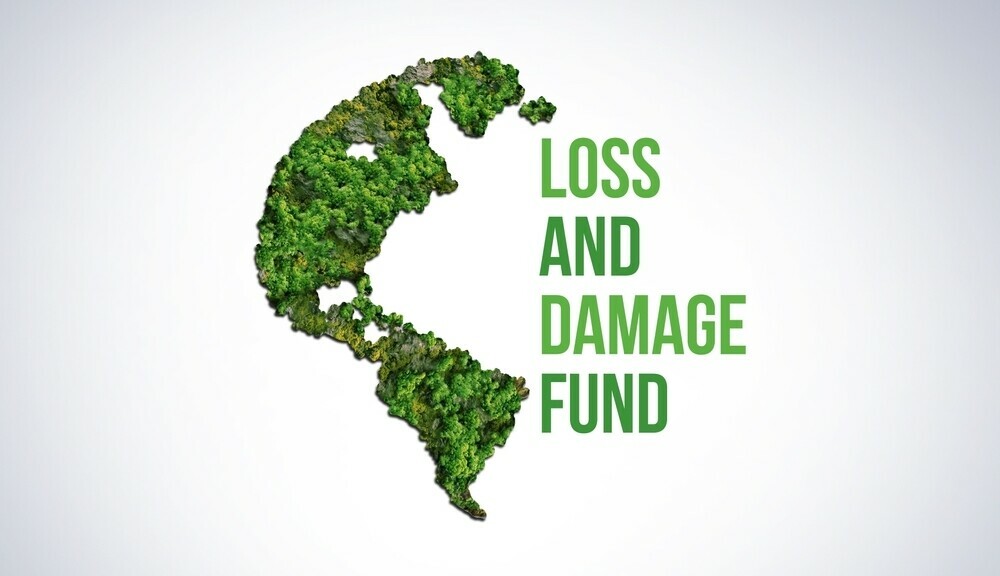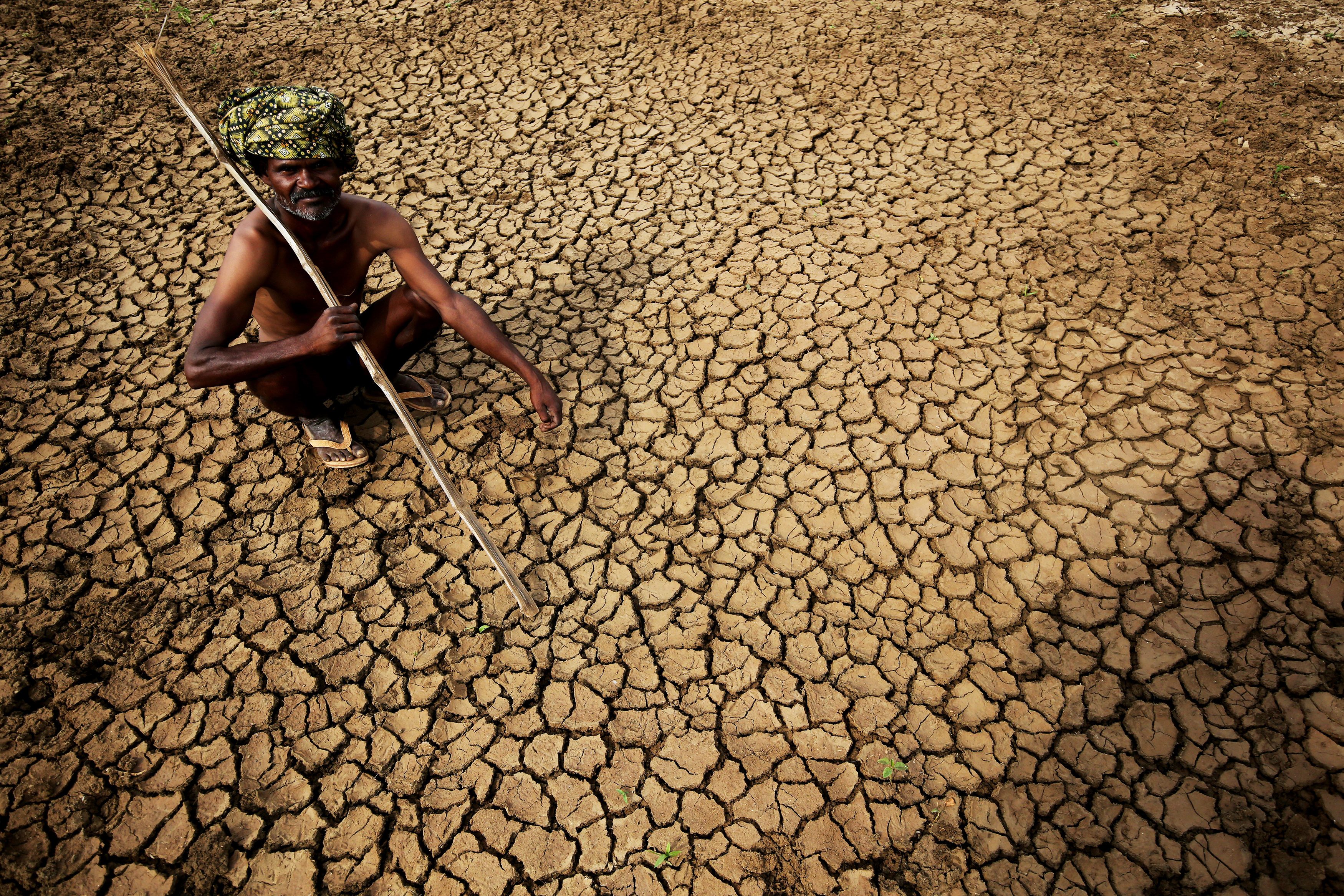COP28: Loss and Damage fund fall short in addressing global inequality in climate impacts
Globally, climate change has resulted in a population-weighted GDP loss of 6.3% in 2022 including direct, spill over and capital losses.
By Editorial Desk / Dec 11, 2023

Image Courtesy: SweetCrudeReports
The twenty eighth session of the Conference of the Parties to the United Nations Framework Convention on Climate Change (COP 28) this year opened with a discussion on the Loss and Damage (L&D) Fund. A global financial package aimed at ensuring the rescue and rehabilitation of countries reeling under the disastrous consequences of climate change, the L&D fund is a compensatory amount that rich nations, whose industrial growth has resulted in global warming and driven the planet into a climate crisis, must pay to poor nations, whose carbon footprint is low but are yet facing the brunt of rising sea levels, floods, crippling droughts, and intense cyclones.
The initial contributions pledged by countries to help vulnerable countries cope with the impact of climate change stand at $475 million — host UAE pledged $100 million, the European Union promised $275 million, $17.5 million from the US, and $10 million from Japan. However, the current pledges seem woefully inadequate in the light of the current losses estimated in a report titled “Loss and Damage Today: How climate change is impacting output and capital”, published by the Climate Hub, University of Delaware.
Climate change fuelling uneven losses in Gross Domestic Product
Climate change is leading to mounting economic losses around the world with developing countries bearing its brunt, finds the study. Estimates across countries reveal declining economic output and capital wealth due to a warming climate.
Drawing on 58 economic models, this analysis considers a population-weighted average of Gross Domestic Product (GDP) losses, which accounts for the impacts borne by the average person within the country. Globally, climate change has resulted in a population-weighted GDP loss of 6.3% in 2022 including direct, spillover and capital losses. Least developed countries face an average population-weighted GDP loss of 8.3%, with Southeast Asia and Southern Africa being the worst hit, with countries losing an average 14.1% and 11.2% of their GDP, respectively. The total GDP loss to India in 2022 was 8% compared to a world without climate change.
On the contrary, many high-income countries continue to experience net gains, including an average increase of 4.7% to the GDP of European countries. The US saw a neutral effect, and China experienced a 1.8% loss, equal to the global average. These figures underscore how climate change exacerbates global inequalities by disproportionately affecting developing nations who made least contributions to emissions.
Global Capital Losses due to climate change
Low and middle-income countries have experienced $2.1 trillion in produced capital losses due to climate change which pose significant challenges to their long-term economic resilience and growth. As of 2022, India has also suffered a cumulative decline of 7.9% in capital wealth, produced by climate impacts on human-produced capital (eg, infrastructure).
With GDP and capital losses combined, the analysis finds that low and middle-income countries have experienced a total loss of $21 trillion in the last 30 years between 1992 and 2022. For India, the cumulative losses stand at 3555 billion dollars. These are, however, conservative estimates excluding non-market losses.
Why are poorer nations suffering more?
While low-income countries and tropical regions reel under huge economic debacles, many wealthier nations are far less affected or maybe even benefiting from climate change for the time being. “A reduction in GDP may imply the long-term destruction of productive human-built and natural capital” for developing nations, highlights the ‘Loss and Damage’ report. In the current decades of global warming, the frequency and intensity of heat waves, droughts, and other weather extremes have shot up exponentially across the globe. In lower-income, tropical, and agriculturally-dependent countries, existing losses from climate change are expected to be significantly high.
Agriculture and manufacturing are more sensitive to climate risks than service industries. Outdoor workers are particularly vulnerable, such as those engaged in agriculture, fishing, forestry, mining, and construction. High temperatures undermine their health leading to productivity loss which ultimately translates into lower economic output and declining GDP. Other climate extremes such as flooding, can damage infrastructure leading to tangible losses. Furthermore, tropical countries which are already hot are estimated to experience greater losses for each additional degree of warming.
This incisive analysis armours impacted countries with high-quality estimates of their losses which could serve as a basis for them to claim just compensations from the global north.
COP28 Loss and Damage Fund Climate Change Climate impacts

